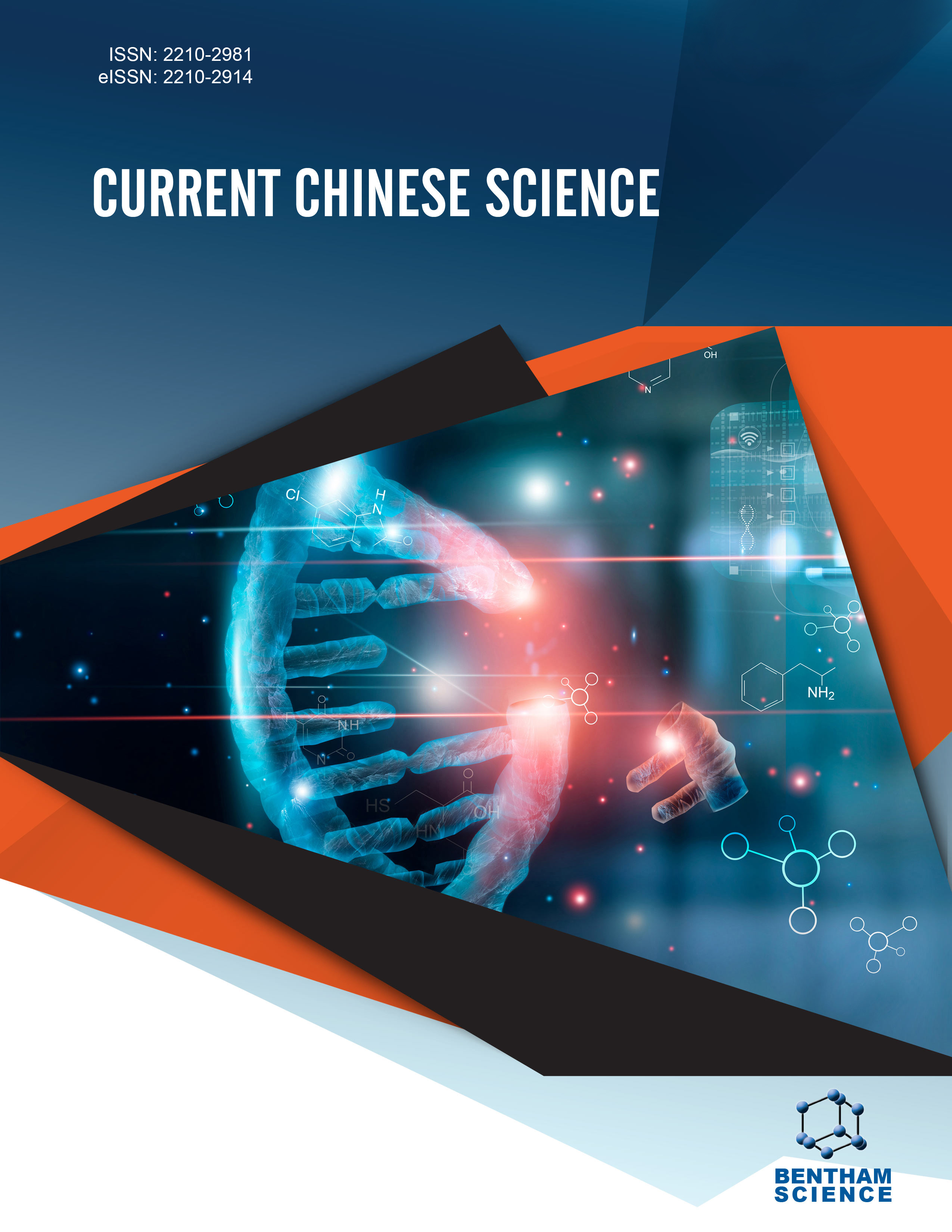-
s In silico Investigation of Immunodominant Antigenic Regions, Helper T Lymphocyte, and Cytotoxic T Lymphocyte Epitopes Credentials for SARS-CoV-2 Vaccination
- Source: Current Chinese Science, Volume 2, Issue 3, Jun 2022, p. 226 - 242
-
- 01 Jun 2022
Abstract
Background: Recently, COVID-19 cases have been increasing globally at an alarming rate due to the COVID-19 second wave despite the mass vaccination programs. Search for the potential vaccine for SARS-CoV-2 is still in progress. The epitope-based vaccine is effective and is a cornerstone in vaccine development. The quick prediction of epitopes could be a proficient way of monitoring vaccine development during a global health crisis. Objective: This study focused on predicting the potential epitopes with computational tools for effective vaccine development. Methods: NetCTLpan v. 1.1 and NetMHCIIpan v. 3.2 servers were used for T-cell epitope analysis. IEDB servers were employed for HLA and DRB1 peptide calculations. The epitope’s immunogenicity, toxicity, physiochemical character, and other features are measured by immunogen evaluation. Furthermore, the top-ranked immunogenic epitopes were computationally validated by molecular docking analysis. The epitopes are docked to toll-like receptors (TLRs), which are helpful in generating an immune response against SARS-CoV-2. Results: Overall, six HTL and CTL epitopes were predicted (IDGYFKIYSKH, HPLSHFVNLDNL, RIGNNYKLNT and WTAGAAAYYVG, MACLVGLMWLS, FRLKGGAPIKGVT), which had good immunogenicity scores and stable interaction with toll-like receptor (TLR). Therefore, these epitopes can bind with HLA and DRB1 molecules, respectively. Conclusion: The computationally predicted antigenic regions might be considered for an epitopebased vaccine against SARS-CoV-2 after in vitro testing.


